Exclusives
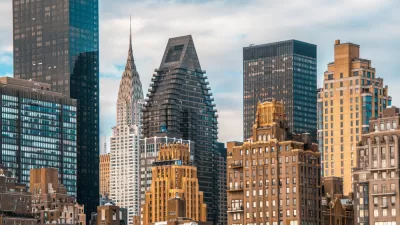
PLANOPEDIA
What Are Height Limits?
Height limits are a critical component of almost every zoning code in the United States.
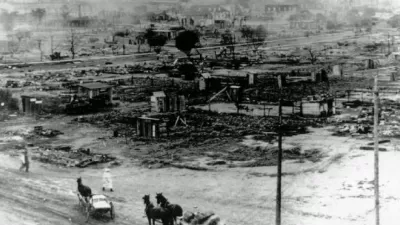
BLOG POST
The Tulsa Race Massacre: A Century Later
On the hundred-year anniversary of the violence that destroyed Tulsa's "Black Wall Street," the country is finally reckoning with the legacy of one of the most destructive racially motivated riots in U.S. history.
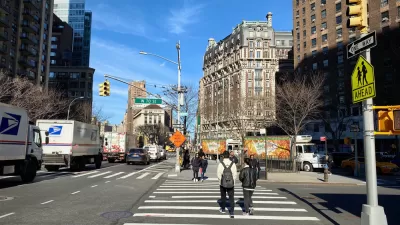
BLOG POST
Learning About the City by Running for Office
When you are trying to get people's attention, a city feels very different.

PLANOPEDIA
What Is Multi-Family Housing?
Often discussed in contrast with single-family zoning, multi-family housing includes buildings and complexes that house more than one household in the same property.
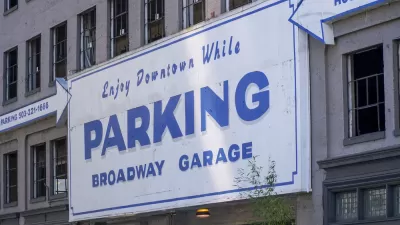
FEATURE
The Perils of Central Planning for Parking
Donald Shoup, the author of the seminal planning book "The High Cost of Free Parking," explains how parking requirements have poisoned cities and why poor planning is to blame.
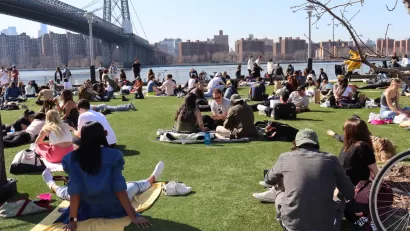
BLOG POST
Most Questions About the Long-Term Impact of the Pandemic Still Unanswered
Planetizen started gathering articles attempting to predict the post-pandemic future in March 2020. The work goes on, with many questions left still to be answered.

FEATURE
An Open Space Plan for Cultural Landscapes, Resilience, and Growth in the Coastal Southeast
The Beaufort County Greenprint Plan, completed in 2020, offers an innovative model of open space planning integrated within a larger planning framework.

PLANOPEDIA
What Are Le Corbusier's Towers in the Park?
Part of a movement that sought to modernize cities through a rational reorganization of the urban form, "Towers in the Park" is a style of housing development that emphasizes a separation of uses and access to communal green space and amenities.
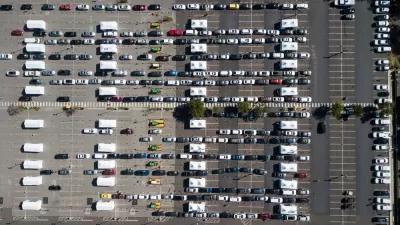
BLOG POST
COVID Vaccines Are Already Changing Cities
Here are just a few ways urban environments are transforming and reinventing themselves in the wake of the coronavirus.

FEATURE
FYI about GSI: The Recipe for Green Stormwater Infrastructure Success
New research highlights some of the ways planners can increase the social benefits and public acceptance of green stormwater infrastructure.

PLANOPEDIA
What Are Housing Subsidies?
Housing subsidies can work in numerous ways, all with the common cause of easing the cost burdens of housing.

BLOG POST
The Housing Supply Debate: Evaluating the Evidence
Let's rely on science, not ideology and propaganda, when planning solutions to urban unaffordability. Look for credible evidence in the peer-reviewed publications referenced here.
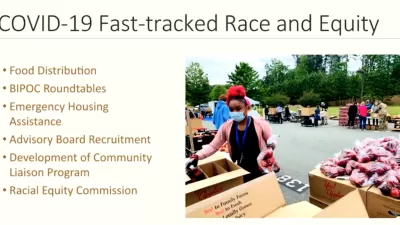
FEATURE
Equity and 'Righting Past Wrongs' to Start the 2021 National Planning Conference
The American Planning Association's 2021 National Planning Conference started streaming this morning, with an obvious focus on equity and the historical role of the planning profession in perpetuating systemic racism.
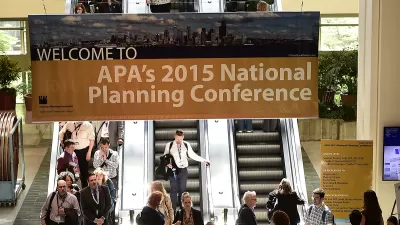
BLOG POST
Planning for the 2021 National Planning Conference
After last year's National Planning Conference was canceled in the early days and weeks of the COVID-19 pandemic, the annual event returns online, with tons of planning content and even several avenues for networking and socializing.
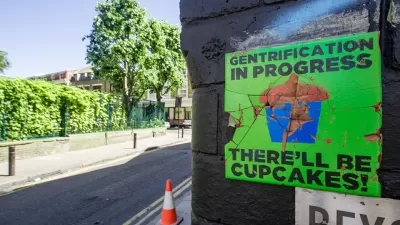
PLANOPEDIA
What Is Displacement?
Displacement—the forced relocation of existing residents and businesses was once a desired outcome of the "urban renewal" projects of the 20th century. In the 21st century, displacement is a highly contested, hard to trace, effect commonly linked to gentrification and urban revitalization.
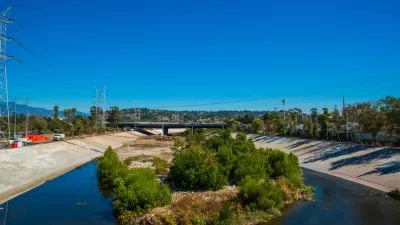
FEATURE
A Comment for the L.A. River Master Plan
Five themes proposed to achieve justice and sustainability for the Los Angeles River and its surrounding communities.

PLANOPEDIA
What Is Levittown?
Known as the archetypal post-war American suburb, Levittown was the first mass-produced housing development and set a standard for planned subdivisions for decades to come.

BLOG POST
3 Takeaways From 2020 Census Apportionment Data
The U.S. Census Bureau yesterday released its first set of apportionment population and resident population counts for the nation and each state.
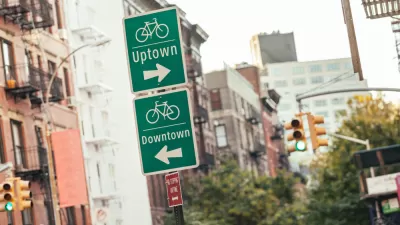
BLOG POST
Can I Be a Libertarian for Bike Lanes?
Discussing the trade-offs between making government leaner and making traffic safer.
Pagination
Gallatin County Department of Planning & Community Development
Heyer Gruel & Associates PA
JM Goldson LLC
City of Camden Redevelopment Agency
City of Astoria
Transportation Research & Education Center (TREC) at Portland State University
Jefferson Parish Government
Camden Redevelopment Agency
City of Claremont
Urban Design for Planners 1: Software Tools
This six-course series explores essential urban design concepts using open source software and equips planners with the tools they need to participate fully in the urban design process.
Planning for Universal Design
Learn the tools for implementing Universal Design in planning regulations.



































